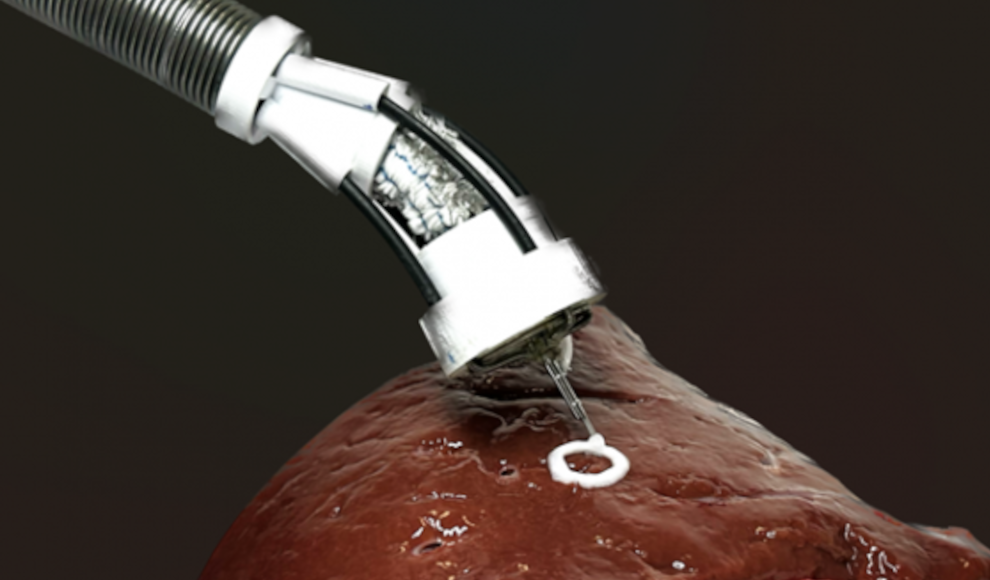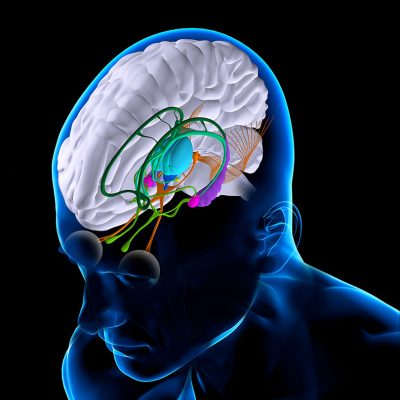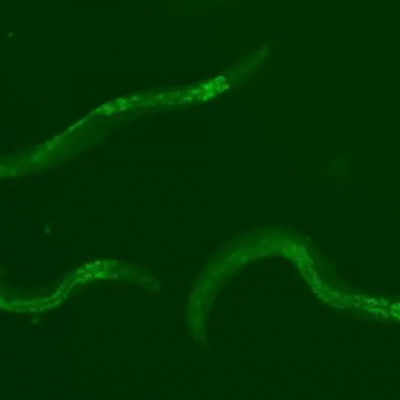A new robotic system has been developed that can print living cells directly onto organs and tissues inside the patient’s body. Bioprinting, the process of creating biomaterials from living cells, has been used in medicine for various applications, including heart and gastrointestinal patches. However, the current bioprinting process requires the implantation of relatively large implants into the body, which can lead to infections and tissue damage. To address this issue, scientists at the University of New South Wales have developed a new bioprinting technique that uses a flexible robot to print organs and tissues directly inside the patient’s body.
The robot, called F3DB, is a proof-of-concept device that consists of a long, flexible arm controlled from the outside. At the end of the arm is a movable nozzle that can print biotink onto organs and tissues. The robot can print multi-layered biomaterials of different sizes and shapes in tight and hard-to-reach areas, thanks to its flexible body. The developers claim that F3DB can print biomaterials on problematic surfaces, including the surface of organs such as the stomach, heart, and colon, which current devices cannot do.
The robot has been tested outside the body on curved and flat surfaces, such as the inside of an artificial colon and the surface of a pig kidney. In addition to printing biomaterials, the robot can also be used as a regular endoscopic device to clean structures with water jets, cut tissues, or mark lesions. The developers hope that F3DB will be ready for clinical use in five to seven years. This new bioprinting technique could revolutionize the field of medicine by allowing for the creation of customized implants that fit perfectly inside the patient’s body, reducing the risk of complications and improving patient outcomes.










